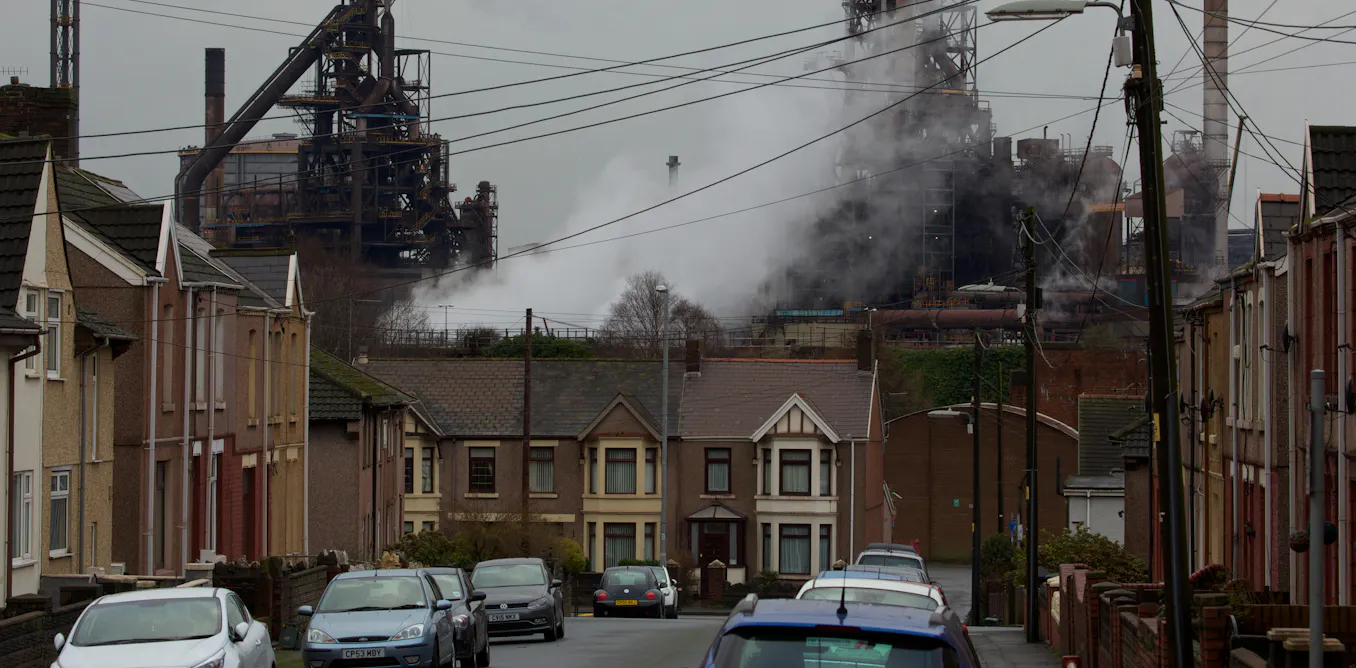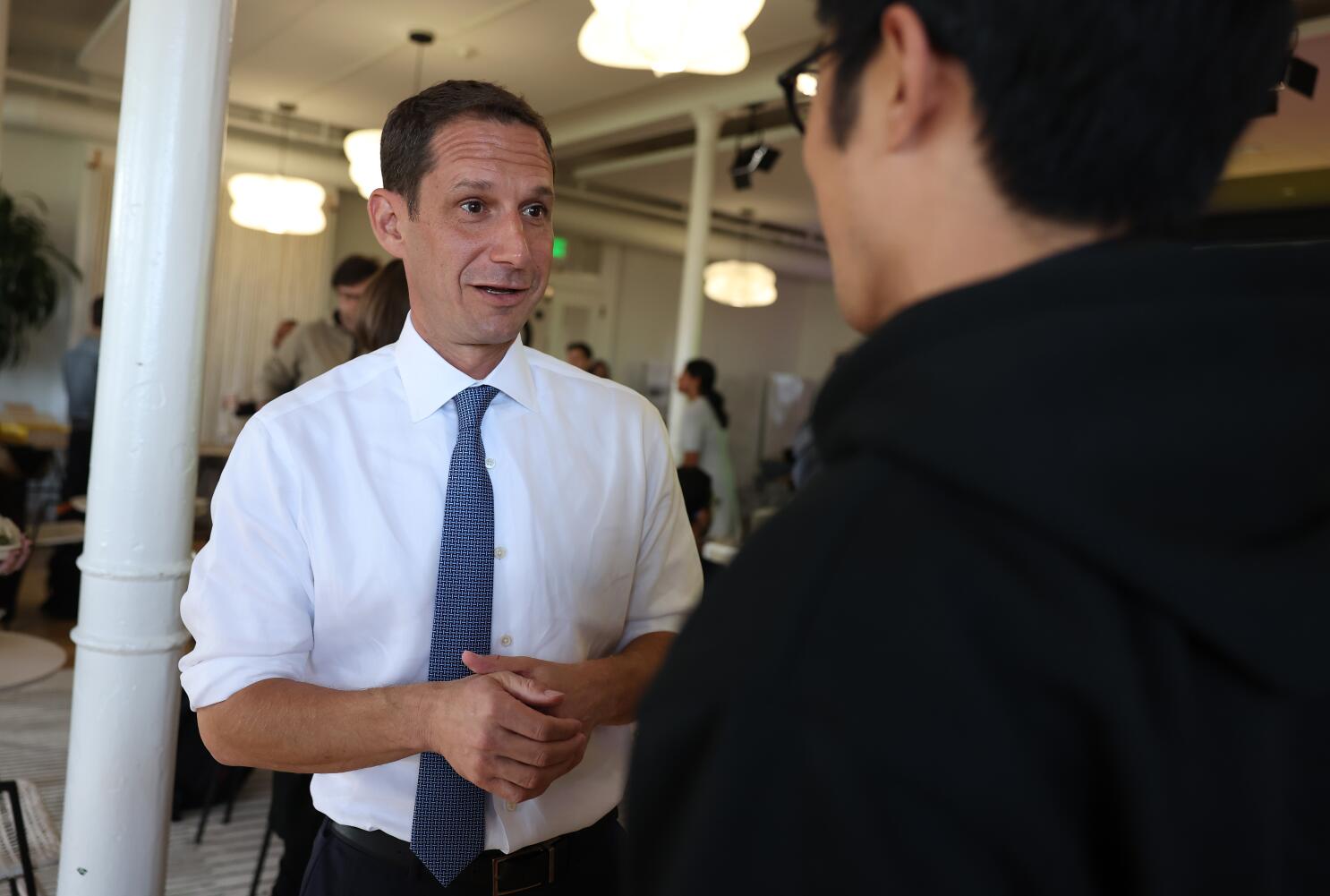By Lecturer in Management and Ecological Sustainability,Nicholas Beuret,University of Essex
Copyright theconversation

The rolling mills are still working, but the furnaces are long cold. Of the 4,000 people previously employed at the steel mill in Port Talbot, Wales, only half still work there. Despite union protests and local rallies, one year ago on September 30 2024, the plant’s last coal-burning blast furnace was shut down.
This ended more than a century of steelmaking in the UK’s biggest plant – one of the largest in Europe. The owner, Tata Steel, blamed high energy prices and competition from cheaper Chinese steel, claiming ongoing losses of around £1 million a day. It warned the plant would close entirely unless the UK government stepped in to help replace its ageing furnaces with lower-emissions electric arc furnaces.
Steel manufacture contributes around 7% of global climate emissions, and Port Talbot alone accounted for 1.5% of the UK total. Faced with the choice between the closure of the mill and supporting its transition to greener production, the government committed £500 million to this transition.
Tata Steel then announced 2,800 job losses – around one in ten jobs in the town of 35,000. Up to 9,500 more could be lost in the supply chain and broader sector.
This is not how successive governments have sold the transition to a net zero economy. Both Labour and the Conservatives promised net zero would create skilled, well-paid work that would not only make up for losses elsewhere, but generate economic growth and lower bills.
Some data suggests they were right: the UK’s net zero sector is growing far faster than the rest of the economy at 10% per year, and already supports close to 700,000 jobs.
However, polling shows only about one in five voters think the energy transition will create jobs in their area, while only one in three think the transition will have a positive impact on jobs anywhere in the UK.
So why does no one believe the politicians? And where are the jobs?
A series of betrayals
Partly this is about geography. Old centres of industry like Port Talbot are struggling to retain jobs, while net zero businesses tend to be far more dispersed nationally, with many in London and the south-east. As the transition progresses, industrial towns will feel even more abandoned.
The jobs themselves are also different. Many new net zero jobs are in installation, waste processing and other services, often for small businesses and with worse working conditions than those that predominate in heavy industry.
Even within heavy industry, low-carbon technologies tend to mean fewer jobs, as greener versions generally employ fewer workers. Electric furnaces need less labour than coal-burning furnaces, for instance. Facilities tend to be more automated, and supply chains are shorter.
And where there could be a pipeline from fossil fuel jobs to renewable industries, as in Scotland, most workers say there is far too little support from government and industry for them to make this change.
Political fallout
Reform has been quick to seize on the closure of Port Talbot, with its leader Nigel Farage declaring he’d open the furnaces again, despite this being physically impossible.
Reform more generally has declared net zero to be an expensive farce, one that costs jobs and drives up energy bills. Across a swathe of local councils where Reform has overall control, it has promised to cancelled net zero policies and renewable energy projects.
Though critics suggest Reform’s promises threaten billions in investment and upwards of 1 million jobs, the party’s claims are finding a welcome home among workers in industry, with unions warning that their members are increasingly drawn to Reform as they desert Labour.
The steel industry isn’t the only one undergoing job losses. From oil and gas facilities to fertiliser and car plants, heavy industry is shedding jobs under pressure from high energy costs, competition, and the need to reduce greenhouse gas emissions. As the transition continues, these losses are likely to mount.
The household budget myth
It is not just the “jobs gap” that generates the sense of betrayal among workers. Since the 2008 financial crisis, the myth that the UK government’s finances work in the same way as a household budget, thus justifying one of the most dramatic programs of government austerity seen among the world’s wealthier countries, has become a well-established common-sense framework.
And this mindset associated with austerity has also come to haunt the UK’s net zero transition.
Surveys repeatedly list local decline as among the main reasons why people are turning away from the major parties and towards Reform. And when the UK government hands hundreds of millions to companies like Nissan or Tata Steel, only for them to cut hundreds of jobs, this feeds a sense that money is flowing to corporations, not communities.
Reform has capitalised on this by contrasting supposed subsidies for solar farms with the closure of vital services in those same towns and regions. When combined with the steady flow of commentaries in the right-wing media declaring net zero a burden on the taxpayer and a waste of scarce government resources, the narrative that net zero is a “con”, taking money and jobs from the British public to give to big business, seems more credible.
The bitter irony here is that not only do most people in the UK, including most Reform supporters, still back taking action on climate change, but that climate change will hit deprived areas hardest. Yet without visible local benefits, warnings about future risks won’t cut through.
One year on from the Port Talbot closure, I believe it’s vital that the net zero transition comes to mean something more than broken promises and betrayed communities. Reform’s anti-net zero rhetoric is no panacea. Yet without a program to ensure a just transition, we risk this becoming hostage to such reactions – a transition to nowhere that anyone wants to go.



